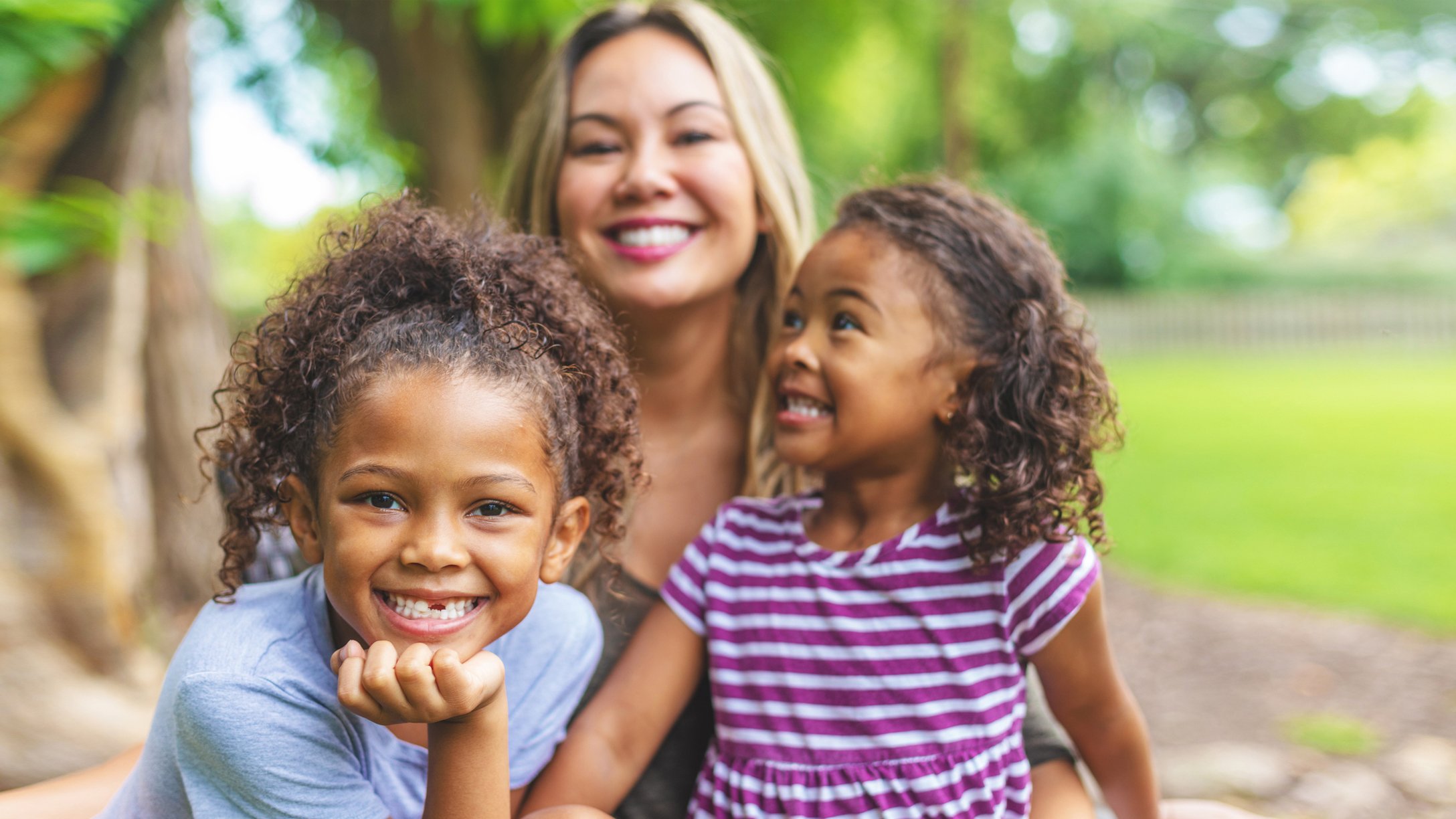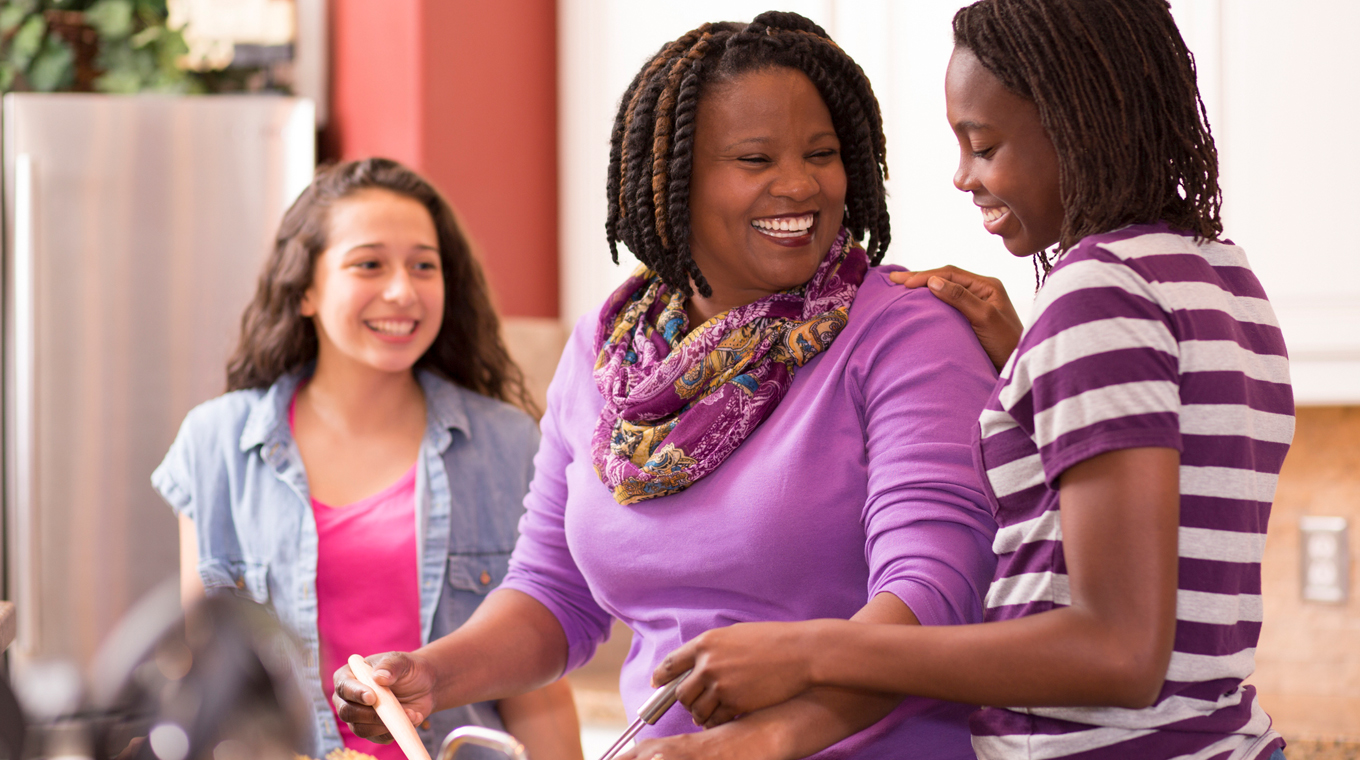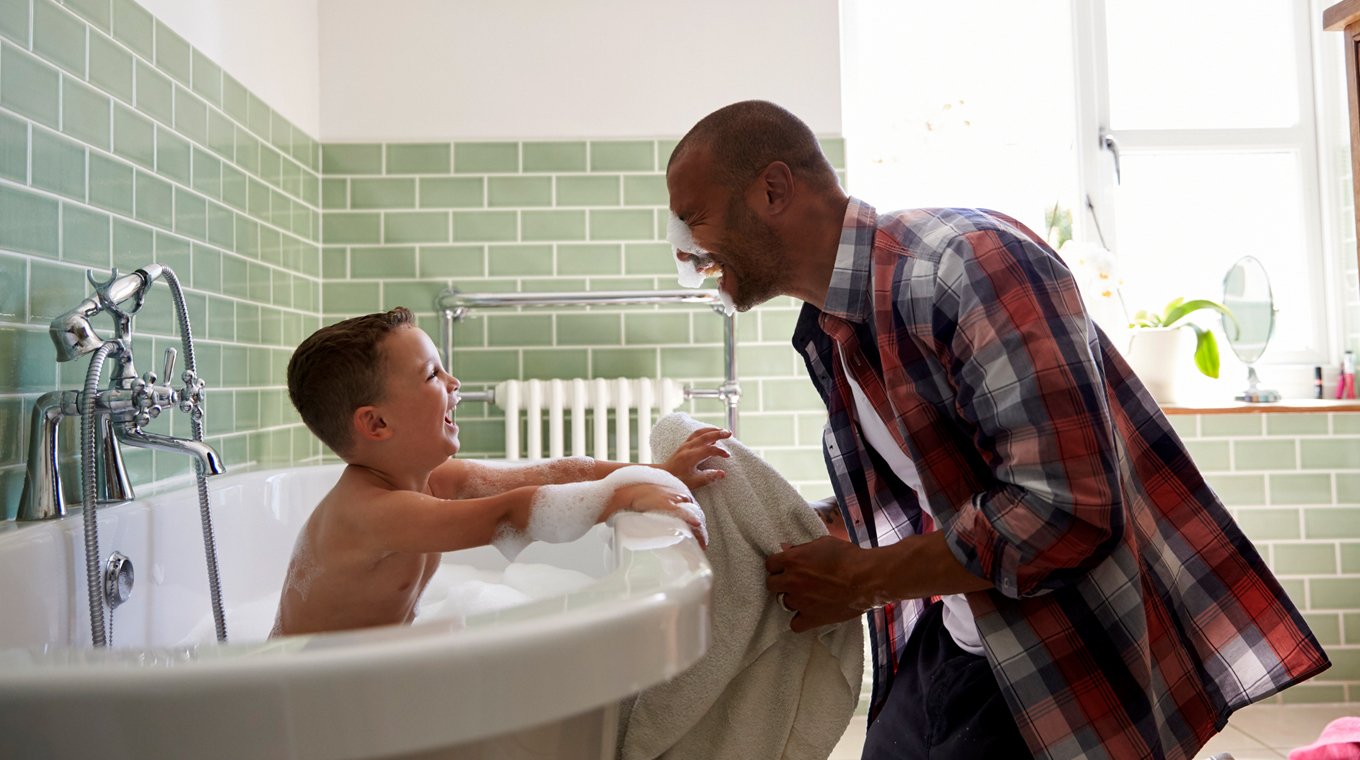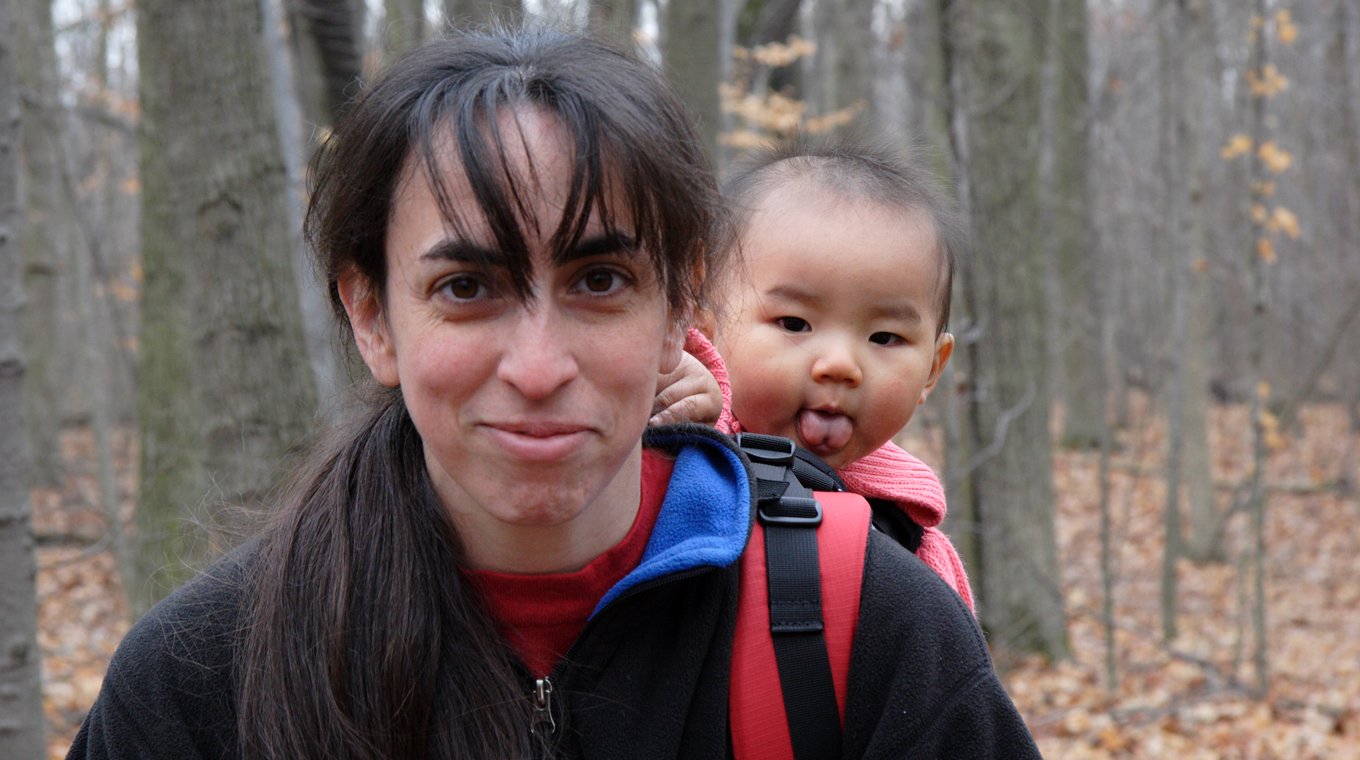
In this article
More than 100,000 children are adopted in the United States each year, according to statistics compiled by the US Department of Health and Human Services. About 10% of those are international adoptions. The majority of those occur between the US and countries in Central and South America, Africa, and Asia, creating families that are both transcultural and transracial.
While it’s important for kids to be welcomed into a loving home environment, experts have also pointed out the importance of kids keeping a connection to their cultural identity and ethnicity. There are many ways adoptive parents can foster that connection, even before they bring a child home. In addition to learning more about their child’s culture beforehand, here are more ways that parents can make sure they bring respect and understanding when adopting outside of their race or culture.
Choosing the benefits of international adoption

“Our whole goal in adopting was to adopt a child in need, not necessarily a child that people line up to get on waitlists for,” Noel VanDeviver of Orange County, California told Mom.com. After researching their options and making sure they were financially prepared, she and her then-husband decided on an international adoption.
“We wanted to find a child who needed a home. And black boys are the least likely to be adopted of any race and gender. So Haiti ended up being a good option for us and we found an agency that would do that,” she said.
It’s important to help your adopted child stay connected with his or her birth country. You can do this in a number of ways, including:
- Join a network of families who have adopted from the same nation and attend social events with them.
- Learn the language of your child’s birth country.
- Find books about your child’s country (both fiction and nonfiction).
- Decorate your home with crafts and artwork from your child’s native land.
- Visit restaurants that serve the cuisine of your child’s country (or learn to cook the cuisine yourself).
How to talk about race with your child

Noel and her son are now part of a large community of transracial adoptive families, all of whom find themselves navigating through a field of racial and cultural landmines. And no matter how much a white mother may try to acknowledge this and steep her adoptive child in his or her heritage, it may never be enough.
Lillian Schmaltz was born in China and adopted by an American family when she was an infant. She describes her adopted parents as loving, and recounts how they raised her to be proud to be Chinese-American. But she warns of the loss she feels as a transracial adoptee.
“Even now, the only group I feel completely at ease with is with fellow transracial adoptees. Yes, I love my adoptive family and I am so thankful for them, but that doesn’t erase the fact that to gain an adoptive family, I had to lose a biological family. I had to lose a culture. I had to lose an entire identity,” Lillian said.
“If you adopt outside your race, you will need help,” advised Kristen Howerton, who is the mother of two Black adoptive children and two white biological children. “It is vitally important that we provide our kids with access to grown-ups who share their racial and ethnic background, so that they can learn pride in their race and also so they can get feedback and empathy from someone who understands what it is like.”
Important steps to take if you are considering international adoption or transracial adoption

Yolanda Williams is a parenting coach and founder of Parenting Decolonized, a podcast and parent coaching service that teaches parents how to decolonize and raise antiracist children. “I use my podcast and social media to unpack generational trauma, teach conscious parenting techniques, and advocate for the eradication of childism and racial oppression,” she said.
Williams offered Mom.com some tips for white parents who adopt a child of another race:
- Evaluate why you are choosing to adopt transracially. “Is it about you or the child in need?”
- Be careful not to slip into the savior complex. “Children don’t need rescuing; they are not dogs or cats. They need unconditional love, support, and guidance.”
- Have a plan for ensuring your child will have a decolonized perspective on his or her native culture/ethnicity. “You are essentially removing them from a place where they are the majority to a place where they’re not only the minority but will also likely experience some form of racialized trauma, from within and outside of your home.”
- Examine your own personal beliefs about your adopted child’s ethnicity and culture. “Do you have a negative perception or hold racist beliefs? Be honest with yourself, because your adoptive children will be subjected to your mindset and most likely adopt your beliefs unconsciously.”
- Pay attention to your family’s environment. “Are your neighbors tolerant and kind? Are the schools you plan to send your child to diverse? Have you looked up their suspension rates by race? Studies show students of color are suspended and expelled at higher rates because of unconscious biases held by teachers and staff.”
- Do the work to be antiracist BEFORE you adopt. “It’s your job so you aren’t causing more harm to an already traumatic situation.”
- Be ready to seek out people, places, and experiences that will help your adoptive child connect with their native culture. “If you live in a place that isn’t very diverse, check to see what resources are around you that will help you make these connections on your child’s behalf. If they don’t exist, ask yourself if your current neighborhood is a good place to raise a child who will be an ‘only’ everywhere they go. Culture is very important and if you don’t understand it, you risk sending the message that your adoptive child’s culture doesn’t matter to you, which essentially erases part of who they are and plants seeds of self-hatred.”
“Adopting a child of a different race or ethnicity can cause more harm than good in many cases if the adoptive parent doesn’t do the internal work of becoming antiracist by examining their beliefs, their inner circle’s beliefs, and ensuring their adoptive child will be able to connect with themselves culturally,” Williams cautioned.







